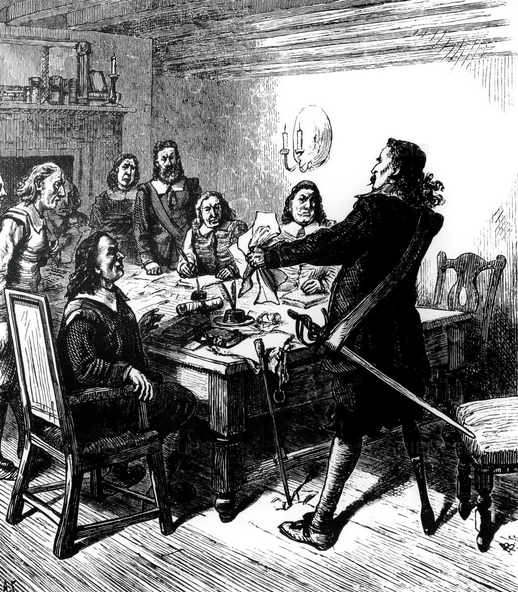
Editor’s note: The following comprises the Foreword and Introduction of The Gospel of Luke: An Exposition, by Charles R. Erdman (published 1936). All spelling in the original.
FOREWORD
The Gospel of Luke is the most beautiful book in the world; at least, so it has been called, and those who know it best are not likely to dispute such praise. The purpose of this little volume is to place the book in convenient form, and by an outline and brief comments to aid in focusing the thought of the reader upon the successive scenes of the gospel story. These are familiar scenes, but each review of them more vividly reveals the great central Figure as supreme among men in the matchless loveliness of his divine manhood, himself the perfect, the ideal Man.
INTRODUCTION
The surpassing beauty of this book betokens the personal attractiveness of its author and the dignity and importance of its theme. It was written by Luke, “the beloved physician,” and it concerns the life and saving work of our Lord. The phrase which describes the writer as “the physician, the beloved one,” is full of significance. It was penned by Paul, when a prisoner in Rome, to his friends in distant Colossæ. It indicates that Luke was a man of culture and scientific training and that the charm of his character was so conspicuous as to be recognized by the Christian churches of Europe and of Asia. The connection in which this phrase occurs indicates that Luke was not a Jew but a Gentile by birth, and further, that he was a close companion of Paul.
To Luke’s authorship is attributed not only this “Third Gospel” but also “The Acts.” He was a man of such modesty that he never mentioned his own name even when recording the stirring events in which he played so prominent a part. Nevertheless he revealed himself in every page of his writings and was evidently a man of broad sympathies, an acute observer, a careful historian, and a loyal friend.
The story of his companionship with Paul begins in the record of the apostle’s second missionary journey when he was about to sail from Troas on the memorable voyage which resulted in establishing Christianity on a new continent. The two friends journeyed together to Philippi, where a strong church was founded; but while Paul continued his travels through Macedonia and Greece, Luke remained behind, possibly to care for the young converts. Seven years later when Paul was on his third missionary tour he seems to have found Luke at Philippi and to have been accompanied by him on his way to Jerusalem. When Paul was arrested and was confined for two years at Cæsarea, Luke was his companion. Later they shared together the perils of the voyage and the shipwreck on the way to Rome, and the imprisonment in the imperial city. Paul appears to have been released and then imprisoned a second time, and when he wrote his last letter, under the shadow of approaching martyrdom, the only friend to remain faithful and to comfort him in his loneliness was Luke.
As might be expected, the narrative composed by such an author is characterized by (1) unusual literary beauty; it is plainly the product of Greek culture. The divine Spirit chose and equipped a rare instrument in the poetic and refined personality of Luke and through him gave to the world that version of the gospel story which is most exquisite in style and most finished in form.
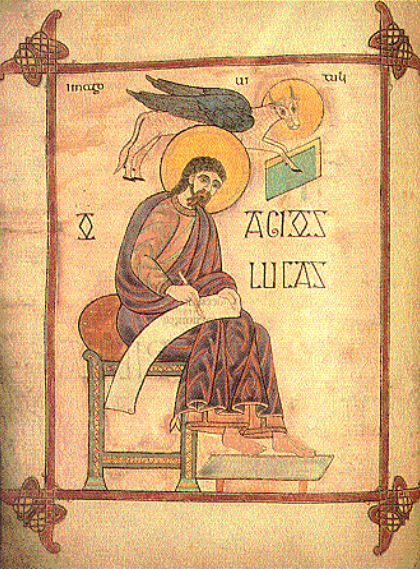
Yet Luke was not only a man of culture, he was also a Christian physician and thus a man of wide and tender sympathies, and his narrative is therefore characterized (2) by its absorbing human interest. It is a story of real life; it is suffused with emotion; it is full of gladness and sorrow, of songs and of tears; it is vocal with praise and with prayer.
It is the gospel of childhood. By its tender stories of the birth of John and of Jesus, it places an unfading halo of glory about the brow of infancy, and it alone preserves the precious picture of the boyhood of our Lord. It is the gospel of womanhood. It sketches for us that immortal group of women associated with the life of Jesus. We see Elisabeth and the virgin mother and the aged Anna, the widow of Nain, the sisters at Bethany, and the repentant sinner, the sufferer bowed down by Satan and the stranger who congratulates Mary, the company that minister to Jesus on his journeys and the “daughters of Jerusalem” weeping on the way to the cross.
It is the gospel of the home. It gives us glimpses of the family life at Nazareth, of the scene in the house of Simon, of the hospitality of Martha and Mary, of the evening meal with the two disciples at Emmaus and the picture in the parables of the importunate friend at midnight, of the woman searching the room for the lost coin and of the prodigal turning back to his father’s house.
It is the gospel of the poor and the lowly; it warns against the perils of wealth and expresses sympathy and hope for those who are oppressed by poverty and want. This sympathy is sounded in the song of Mary, in the first sermon of the Saviour, in the first Beatitude, “Blessed are ye poor.” Luke also records the parables of the Rich Fool and of the Rich Man and Lazarus, and paints, with Mark, the picture of the widow offering to the Lord her two mites.
It is also the gospel of praise and of prayer, expressions of the deepest convictions and longings of the human heart. The Gospel opens with a scene in the Temple at the hour of incense and with the “Magnificat” of Mary and the songs of Zacharias and of the angels. It closes with the benediction of the ascending Lord and the thanksgiving of his joyful disciples.
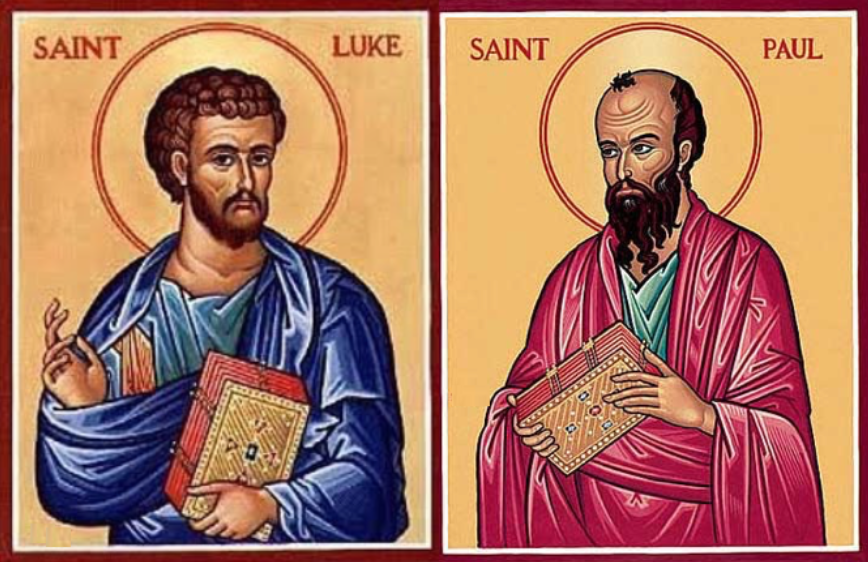
Luke, however, was not only a man of culture and a beloved physician; he was also a companion of Paul and had traveled with the apostle over a great portion of the Roman world; therefore he naturally wrote a gospel characterized by (3) universal interest. Here no narrow prejudice divides race from race; a despised Samaritan stands as the supreme example of a neighbor, the angels sing of peace among men, and the aged Simeon declares that Jesus is to be a “light for revelation to the Gentiles” as well as the glory of Israel. Luke alone gives the data which link the sacred story to the secular history of the world. His outlook is unlimited. He regards the good news concerning Christ as a message which is vital to the welfare and redemption of the entire human race.
These aspects of his Gospel blend with the picture of his Lord which Luke portrays. The character of Jesus is so subtle and complex as to defy exact analysis, and yet it is evident that certain of its features, common to all, are emphasized successively by each one of the Gospel writers. Matthew depicts its majesty, Mark its strength, and John its sublimity; but Luke reveals its beauty, and paints a picture of the ideal Man, the Saviour of the world.
As to all the prime elements of perfect manhood, possibly no two persons may agree; yet none would deny that such was the manhood of Jesus, and none would question that there are two or three moral qualities which he exhibited in a superlative degree, qualities upon which Luke lays special stress.
First of all Jesus manifested matchless courage. To some interpreters this fearlessness has formed the very essence of the “manliness of Christ.” He was not a weak and nerveless preacher of righteousness, but a man of strength, of dauntless resolve, and of courageous action. The mob was eager to destroy him as he began his work in Nazareth, but his enemies quailed before his majestic presence, as “he passing through the midst of them went his way.” He was advised to flee from the realm of Herod but he flung defiance to the king, beginning his message with the words, “Go and say to that fox.” The section of ten chapters in this Gospel which describes the last journeys of our Lord opens with a deeply significant phrase, “He steadfastly set his face to go to Jerusalem.” Only five chapters devoted to his ministry precede, only five follow. During all the long period described in the chapters between, Jesus plainly foresaw his coming rejection and suffering and death, but fearlessly and with unfaltering step he moved onward to the cross. All the heroisms of history are dwarfed to insignificance by this incomparable courage of Christ.
More obvious still is the boundless and tender sympathy of this ideal Man. He declared in his first address that he had come “to preach good tidings to the poor: … to proclaim release to the captives, and recovering of sight to the blind, to set at liberty them that are bruised”; and as we follow in his footsteps we see how his tender heart yearned over all who suffered and were distressed; he dried the tears of sorrow; he showed his pity for the outcast and the impure; he received sinners and was entertained by publicans; he praised Samaritans and comforted the dying thief. This world has no other picture of such perfect compassion, tenderness, and love; and these are essential to true manhood.
More mysterious, but none the less real, was his constant faith. His life was lived in continual fellowship with God. In his first recorded saying he declared, “I must be in my Father’s house,” and at the last he breathed out his spirit on the cross with the words, “Father, into thy hands I commend my spirit.” All the intervening days of his life and ministry were filled with ceaseless prayer. On at least seven other occasions it is stated that he was praying: at his baptism, ch. 3:21; after healing the leper, ch. 5:16; before choosing his disciples, ch. 6:12; before Peter’s great confession, ch. 9:18; at his transfiguration, ch. 9:29; before teaching his disciples to pray, ch. 11:1; in the first agonies of crucifixion, ch. 23:34. So, too, he taught his disciples to pray with importunity, ch. 11:5-10, with perseverance, ch. 18:1-7, and with penitence, ch. 18:9-14. Such trust in God, such sympathy, such bravery, are surely prominent among the many elements which are blended in this impressive portrayal of the ideal Man.
However, Luke has written a version of the gospel and therefore has produced much more than a picture of human perfection or the story of an ideal life. The gospel is the “good news” of salvation secured for us by our Lord; and in the narrative of Luke we behold One who was not only supreme in his manhood but was also the Saviour of the world. It was in accomplishing this redeeming work that he revealed such courage and so steadfastly set his face to go to Jerusalem. The salvation he secured is inseparable from the cross.
It was a salvation provided for all, even as his sympathy knew no bounds but was extended to the last and the lowest of men—to the despised publican, to the outcast sinner, to the hated Samaritan, to the crucified thief.
Then, too, as he ever trusted in his Father, so the salvation he secured to us is conditioned upon faith in himself as Redeemer and Lord, a faith which implies repentance and trust and submission and sacrifice. One must be willing to count the cost, to abandon anything which stands between self and the Master. This salvation, however, is wholly of grace, unmerited, free, provided by the Father for all who yield themselves to the loving care of his Son.
This salvation was to be proclaimed to all the nations. Those to whom it became known, and by whom it was accepted, were to become witnesses to the transforming truth. For such testimony they would require courage and wide sympathy and unfaltering faith, and in their courage and sympathy and faith they would be like their Master who by such qualities was manifested as the ideal Man as he was the divine Saviour of the world.
(Continue to next chapter)
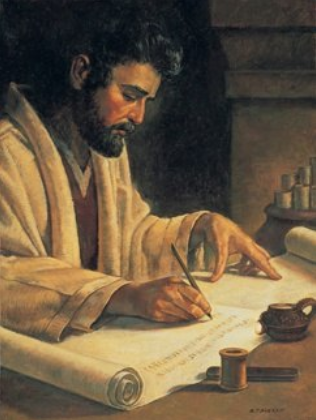
The Gospel of Luke: An Exposition (Foreword and Introduction)
Latest from Religion

The Weimar Years – Part 1
This started out as an attempt to better understand Weimar Germany by chronicling my reactions to the audiobook version of “The Weimar Years: Rise and Fall 1918-1933” by Frank McDonough. Writing my
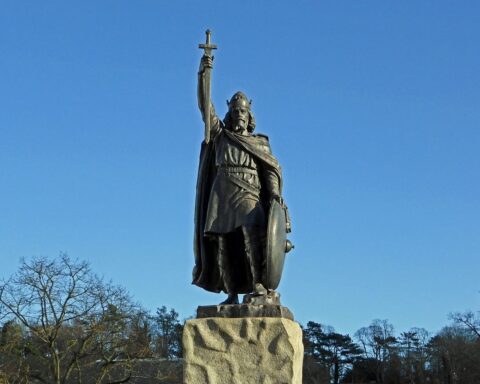
Alfredus Rex Fundator
"Alfred was a Christian hero, and in his Christianity he found the force which bore him, through calamity apparently hopeless, to victory and happiness."
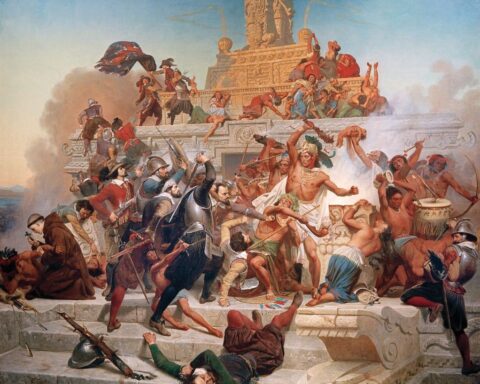
The Story of Cortez
It seemed to me that, having to speak tonight to soldiers, that I ought to speak about soldiers. Some story, I thought, about your own profession would please you most and teach
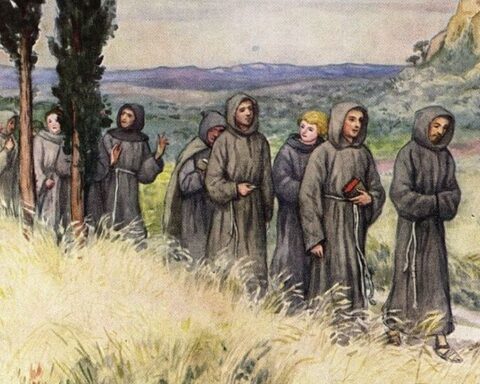
The Coming of the Friars
When King Richard of England, whom men call the Lion-hearted, was wasting his time at Messina, after his boisterous fashion, in the winter of 1190, he heard of the fame of Abbot
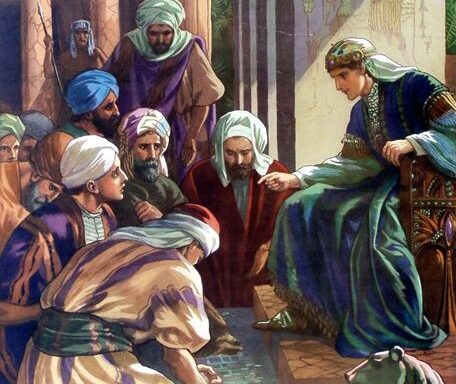
“Joseph” by Charles Kingsley
Editor’s note: The following is extracted from The Works of Charles Kingsley, Vol. 25 (published 1885). (Preached on the Sunday before the Wedding of the Prince of Wales. March 8th, third Sunday


